US demand for certified Fair Trade coffee could quadruple by the end of the decade, as more roasters and retailers join the socially conscious consumption trend that gives small-scale farmers access to world markets. US imports of Fair Trade coffee, which pays farmers a minimum price above the world market price, could swell to 200 million pounds in five years from about 50 million pounds in 2005, said Paul Rice, president and CEO of TransFair USA, an independent certifier of Fair Trade products.
Over the past five years, TransFair USA has piled pressure on large speciality coffee roasters like Starbucks Corp and Green Mountain Coffee Roasters to buy coffee that is more profitable for family farmers.
Rick Peyser, director of social advocacy and public relations at Green Mountain Coffee Roasters, said the company had been projecting that by 2007 about 25 percent to 30 percent of its coffee will be Fair Trade. "I think that that is probably a conservative figure," he said.
The fair trade trend has recently surfaced in less specialised venues like food chain Dunkin' Donuts and Costco, the largest US warehouse club operator.
Rice said TransFair is in talks with McDonald's Corp in hopes of getting the No 1 fast-food chain to use Fair Trade coffee when it tests espresso drinks at some US restaurants this summer.
"Fair trade is a business model. It's not charity. It's not a code of conduct," said Rice.
As a member of FLO, the international umbrella organisation for Fair Trade labelling, TransFair helps farmers in developing countries get direct access to international markets and improve their business capacity.
Since 1998, Fair Trade growth has exploded but there is still plenty of room for more growth. In 2004, the market made up just 1.8 percent of all coffee sales, according to TransFair data, which also showed Fair Trade coffee making up 4.1 percent of the $9 billion retail speciality coffee market.
In 2004, US Fair Trade coffee totalled 32.8 million pounds, up 76 percent from the prior year. Coffee farmers earned an additional $26.2 million last year from Fair Trade.
In recent years, tens of thousands of small-scale coffee farmers were forced out of business because an oversupply of beans sent world coffee prices to historically low levels in 2002.
Prices have since recovered on prospects that global demand will outpace supply this year, but coffee farmers remain vulnerable to volatile prices for coffee, the most actively traded commodity behind oil.
"We have to find a way to make sure coffee farmers stay in business. If coffee is the second most traded commodity, you need to have people in business," said Lara Wyss, a spokeswoman at Starbucks.
In 2004, Starbucks bought 4.8 million pounds of Fair Trade coffee. This year, that amount will increase to 10 million pounds, Wyss said.
Still, overall demand for Fair Trade is less than supply.
"Most Fair Trade coops are unable to sell all of their coffee on Fair Trade terms. There is more supply available from coops that are certified than there is demand at this point," said Seth Petchers, coffee program manager at Oxfam America, a development group.
BR100
15,186
Increased By
82.6 (0.55%)
BR30
42,842
Increased By
223 (0.52%)
KSE100
149,361
Increased By
1164.3 (0.79%)
KSE30
45,552
Increased By
281.7 (0.62%)






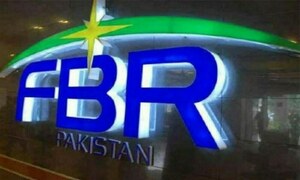




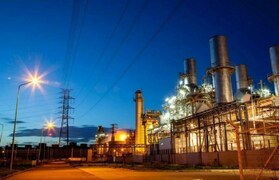



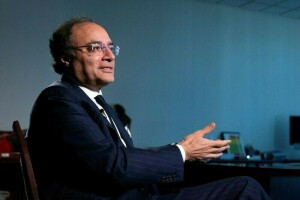
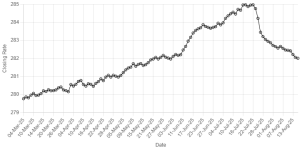


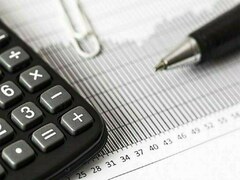

Comments
Comments are closed.